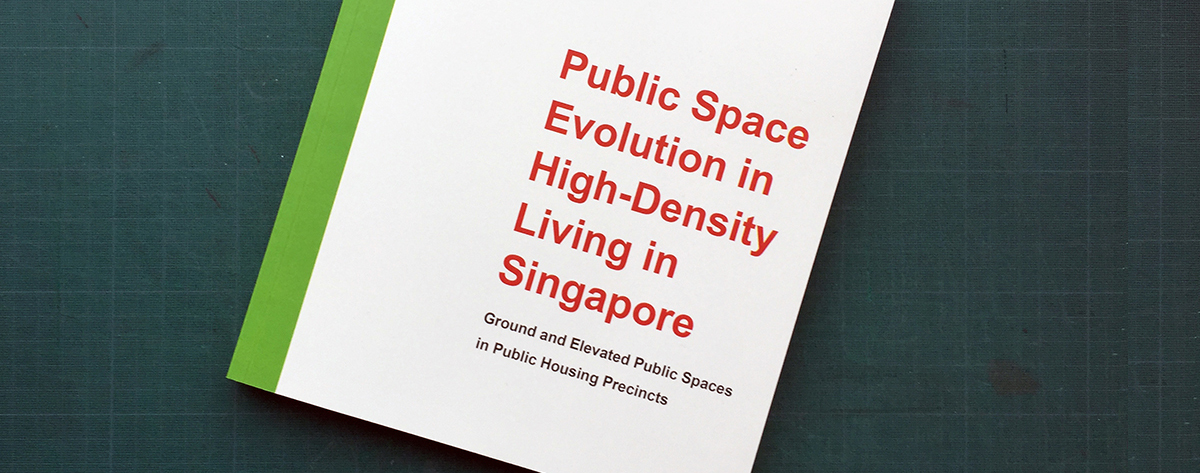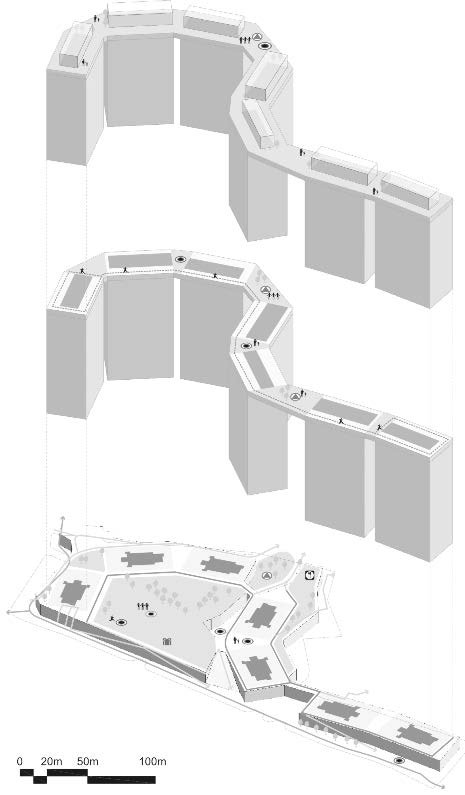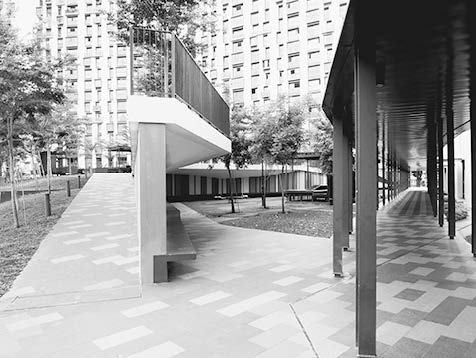Future Cities Lab I
Research Module Housing, Singapore ETH Centre
The results of the Singapore ETH Centre's Research Module Housing have been published.
—Sacha Menz (Ed.): Public Space Evolution in High-density Living in Singapore, Ground and Elevated Public Spaces in Public Housing Precincts; Future Cities Laboratory; Singapore, 2015.
Abstract
A nation-wide building boom has been shaping Singapore’s residential architecture since the early 1960s. More than 80 percent of the population is currently living in housing provided by the Housing and Development Board hdb, which aims to balance physical and functional efficiency, with liveability. Public spaces play a pivotal role in this process: first, by regulating the city’s perceived density, and, second, by positively impacting quality of life. As Singapore’s population continues to expand, use of its limited land area demands ever-greater attention. With allowable plot ratios of 3.0 and higher, we expect the ground floor level in residential precincts to be increasingly contested. Under such circumstances, public spaces that normally mediate between the private realm and its urban surroundings will be pushed from the ground floor to the upper levels. The eth Chair of Architecture and Building Process and eth case have jointly assembled an interdisciplinary research team to conduct a set of empirical case studies combining architectural analysis and ethnographical methods. The aim is to explore the impact of increasing density on the organisation, use, and appropriation of public spaces in hdb precincts. The findings are intended to inform the design and production of future veryhigh-density housing in Singapore, as well as other highdensity living contexts.


